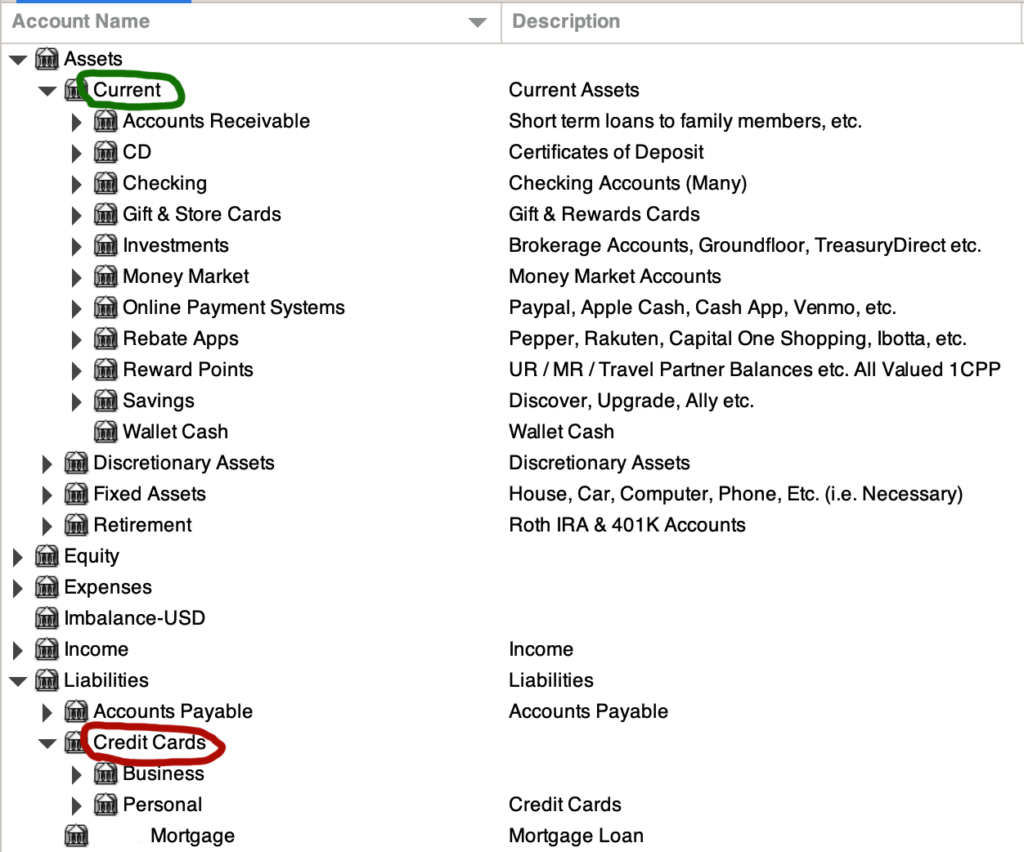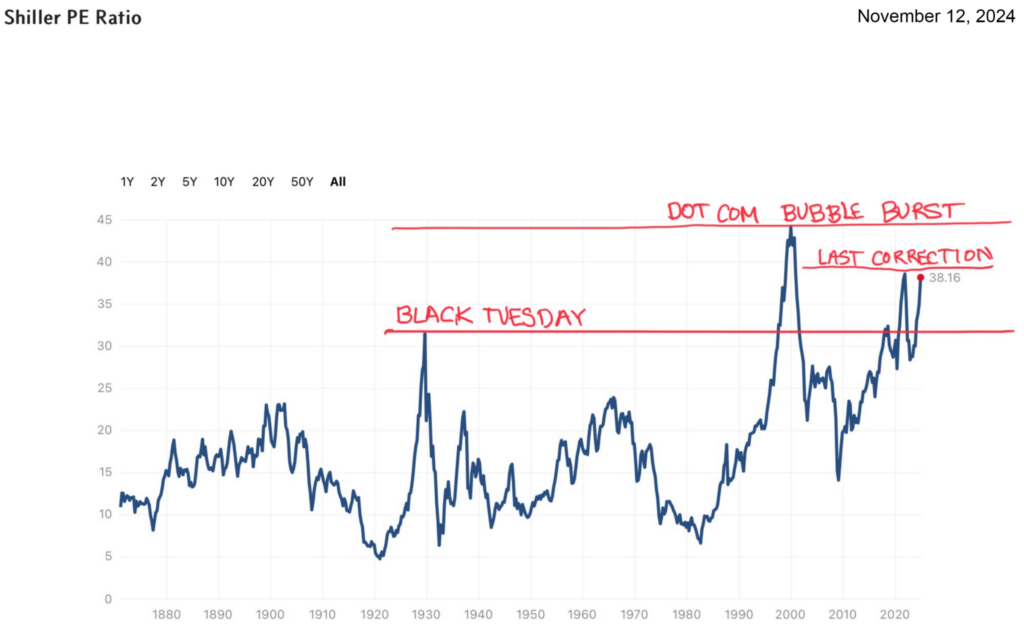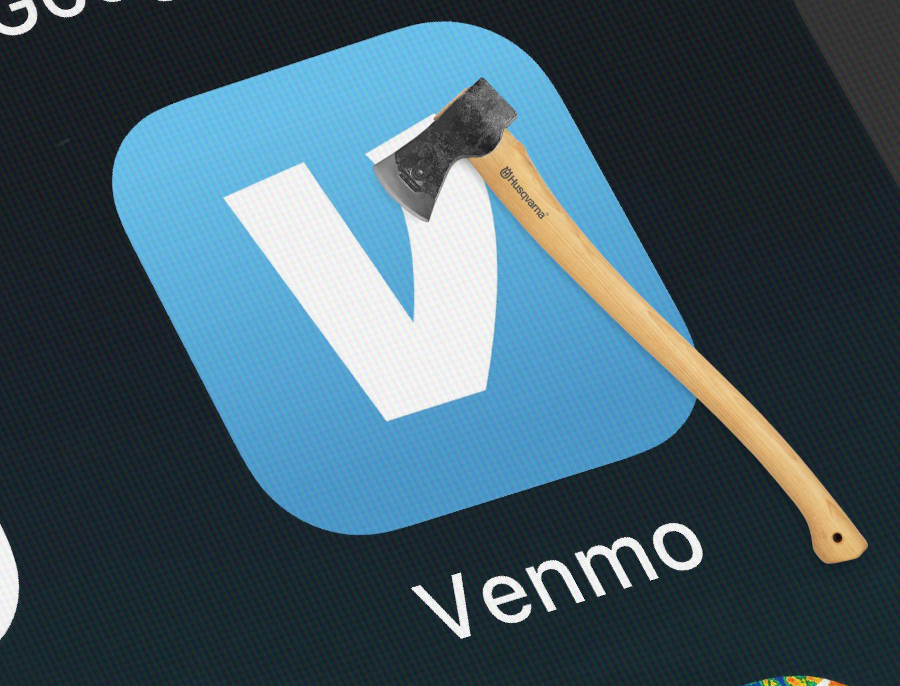EDITOR’S NOTE:Some of the smartest members of the community have stepped up with guest posts during the holiday break in 2024 and now on Saturdays in early 2025. Special thanks to today’s author, Graham from TC Tailwind, for his enumeration of failures in the hobby. Have a nice weekend!
Introduction
We are, almost as a rule, optimizers in this hobby. Optimizing is supposed to pay off (for some definition of “pay off”), but it doesn’t always. I’ve failed in a lot of interesting ways when optimizing, and I console myself in those failures by telling myself I’ve learned something from them. For your benefit –or at least entertainment– I’ll enumerate some of my failures, and the tactics that I’ve developed to avoid repeating them.
My Failures
Taking on more complexity than I could understand
As a Canadian student earning internship money in the US, I had a brilliant idea to stash that money in a TFSA (the Canadian equivalent of a Roth IRA). I was planning to (and did) return to the US to work full time, and I knew the US didn’t respect the tax free nature of TFSAs. But I was also smart, and knew that the US doesn’t charge you tax on your investments if you don’t sell them, so I figured I could safely stash the money there tax free until I returned to Canada eventually.
It turns out I wasn’t smart enough. I did not know that the US has a special designation for money you invest in passive investments outside the country, and that it applied to Canadian ETFs. Nor did I know that they had an extra special tax treatment for them. I also didn’t know they had a handy little 4 page form that you have to fill out per ETF you own, and which no tax software I know of supports. In the end, this little stunt saved me nothing, and cost two rounds for foreign exchange fees on the money, and burned through countless hours of my time across multiple years of tax filings.
My tactic to avoid repeating this failure is:
- If you have a clever idea, validate it with some experts first: I could have saved a ton of pain if I’d talked to an accountant. The churning world doesn’t have certified professionals you can go to, and it isn’t exactly known for its openness, but I’ve always found folks in the chat groups I’m in to be willing to call bullshit on a bad plan. Turns out people like correcting you when you’re wrong on the internet, who knew?
Not considering the opportunity cost
When purchasing my house, I was very proud of how I used a 0% offer on a Chase Freedom Unlimited card and some credit limit transfers to get $43,000 loan for no cost. This was a fun act of financial engineering, and I calculated that it saved me about $654 in interest on a loan I’d taken against my assets. Putting that spend on my Chase Freedom, however, meant that I wasn’t using it to hit sign up bonuses. That $43,000 would have been enough for seven Chase Ink Cash/Unlimited sign up bonuses, at $750 each (or a mix of equivalently lucrative offers). That means I gave up a chance to make $5250, just to save $654.
My tactic to avoid repeating this failure is:
- Consider the opportunity cost of your plan: Any time you undertake an optimization, think whether it precludes you from doing something else (especially if that’s something else you’d normally be doing, like I would have been in this case). Calculate the value of the alternative, and make sure it’s less than the value of your plan.
Being too early
I’ve always been the type of person to try and get things done early, and boy have I found a million ways in which that can burn you. Closing a credit card with lounge access? Of course I end up with a last minute flight and no other lounge options in that airport. Burning my Dell credits on something frivolous on Jan 1? Of course I end up needing a new router that I could have gotten for free with those credits. In each case, my desire to get things done early meant I gave up optionality that I could have used later.
My tactic to avoid repeating this failure is:
- Wait until the last minute, if there’s no benefit to being early and little risk of losing the opportunity: Credit cards have well known annual fee refund rules. If a bank will refund your money 30 days after the fee posts, there’s no benefit to cancelling it the day the fee posts. Set a reminder for a few days before tha last possible day instead. Similarly, if you have an annual benefit you’re clearly entitled to, there’s no reason to blow it early on something you don’t want at the beginning of the year, when you might want it for something else later in the year.
There are some huge caveats here. If something is too good to be true and might get nerfed, or it is less than above-board that might get patched, you should absolutely continue to get on that ASAP.
Not valuing my time
For a great take on this, which highly resonated with me, read Kai’s post from last year’s blogging vacation. For my concurring take, read on.
I love Doctor of Credit, and I was hooked on getting their deal alerts after I got a free phone out of one. But one day, I caught myself responding to one of those alerts by spending 10 minutes punching my personal information into a random website to get a free cookie dough bar. In retrospect, I view saving a dollar or two on a thing I didn’t even want as a failure (and it’s indicative of dozens of other micro-optimizations I’ve done, like the time I’ve wasted going through 1% back shopping portals on ~$20 purchases).
My tactics to avoid repeating this failure are:
- Set a minimum dollar value on your time: I have a hard $200 / hour rule for my time now. Obviously I don’t spend every hour focused on making / saving money, but if I’m doing something to make / save money, it better meet that bar.
- Remember free can still be too expensive: Just because something is free, doesn’t mean it’s worth taking. There are extra costs in terms of time, the environment, your health, etc., even on free items. If you don’t actually want it, don’t waste your time on it.
Not valuing my comfort
I recently flew home from Tanzania, and booked the cheapest business class ticket that I could using points. The problem? It involved an awkward 6 hour overnight stay at Cairo airport (a completely wonderful airport with no faults at all). Even finding a soft place to hole up in a lounge, I barely slept and I was a miserable traveller for the rest of my trip. In retrospect, not paying the extra ~50k points for a better flight was a failure to value my comfort appropriately.
My tactic to avoid repeating this failure is:
- Set hard rules for your comfort: I can’t put a dollar value on comfort as easily as I can on time, so instead I make strict rules for myself. I already had a hard line that I don’t do red eyes in economy. Now I have a new rule that I don’t do overnights in an airport. These hard and fast rules help me feel mentally compelled to take the options that I know are better for me, even if they’re more expensive.
Want more content like this?
If you’re interested in content like this, check out my blog. There’s a subscribe box at the bottom of every page, if you’re interested in seeing new posts as they come out. And if you think I’ve missed something, gotten something wrong, or should write future posts on a particular topic, please drop me a line.
– Graham

Other fails in no particular order.








